Industrial water pumping machines, efficiency, reliability, and effectiveness are paramount. At the heart of this domain lies the submersible pump, a workhorse of modern engineering designed to operate seamlessly beneath the water's surface. However, the efficacy of these pumps hinges greatly on a crucial process: priming.
Priming, in the context of submersible pumps, is the act of removing air from the pump and suction piping to create a vacuum, enabling the pump to draw water efficiently. It's a fundamental step that ensures ideal performance and prevents cavitation, a phenomenon that can damage the pump and diminish its lifespan.
One of the primary methods of priming a submersible pump is through the use of a priming chamber or priming pot. This device, typically located above ground, allows for the manual or automatic removal of air from the pump system. By filling the chamber with water and creating a vacuum, air is expelled, and the pump becomes primed for operation.
Another common technique is the utilization of a built-in priming system within the pump itself. These systems often employ a venturi mechanism, which utilizes the flow of water through a constricted section to create a suction force, effectively priming the pump without the need for external devices.
However, priming submersible pumps isn't always a straightforward task. Various factors, such as the depth of the water source, the length and diameter of the suction piping, and the presence of debris or obstructions, can influence the priming process. Thus, it requires careful consideration and sometimes ingenuity to ensure successful priming in diverse operating conditions.
Moreover, advancements in technology have led to the development of innovative priming solutions aimed at enhancing efficiency and reliability. For instance, some modern submersible pumps feature self-priming capabilities, eliminating the need for external priming devices altogether. These pumps utilize sophisticated mechanisms, such as air evacuation systems and automatic priming valves, to achieve rapid and efficient priming, even in challenging environments.
In industrial settings where water pumping is critical for various applications, such as agriculture, mining, and wastewater management, the importance of proper priming cannot be overstated. A well-primed submersible pump not only maximizes operational efficiency but also less downtime and maintenance costs, ultimately contributing to overall productivity and profitability.
Furthermore, ongoing maintenance and monitoring are essential aspects of ensuring ideal pump performance over time. Regular inspection of seals, valves, and suction piping, as well as periodic cleaning and lubrication, can help prevent issues such as air leaks and pump inefficiency.
In conclusion, mastering the art of priming submersible pumps is indispensable for anyone involved in industrial water pumping machine operations. By understanding the principles of priming and employing appropriate techniques and technologies, operators can unleash the full potential of their pumps, achieving reliable and efficient water delivery in various industrial settings.
Additionally, proper training and education play a crucial role in ensuring that pump operators have the knowledge and skills to execute priming procedures effectively. Training programs should cover not only the theoretical aspects of pump operation and maintenance but also practical hands-on experience with priming techniques.
Furthermore, ongoing research and development in pump technology continue to push the boundaries of efficiency and reliability. Engineers and scientists are constantly exploring new materials, designs, and methodologies to optimize pump performance and reduce energy consumption.
In the ever-evolving landscape of industrial water pumping machines, the mastery of priming submersible pumps remains a cornerstone of success. By staying abreast of advancements, adhering to ideal practices, and prioritizing proper maintenance, industries can sustainably harness this vital resource for generations to come.

 English
English русский
русский Español
Español
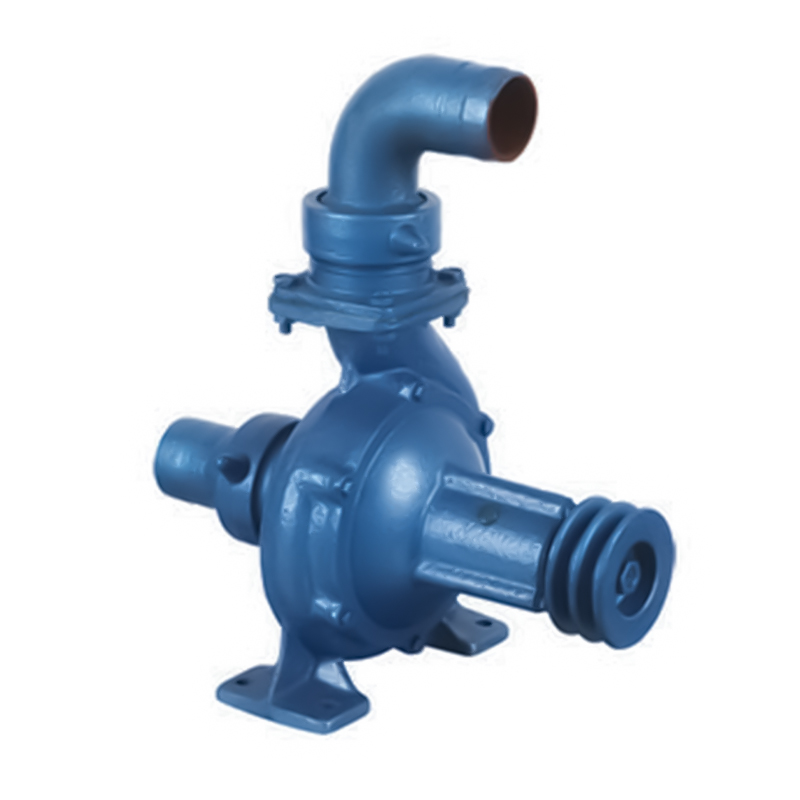
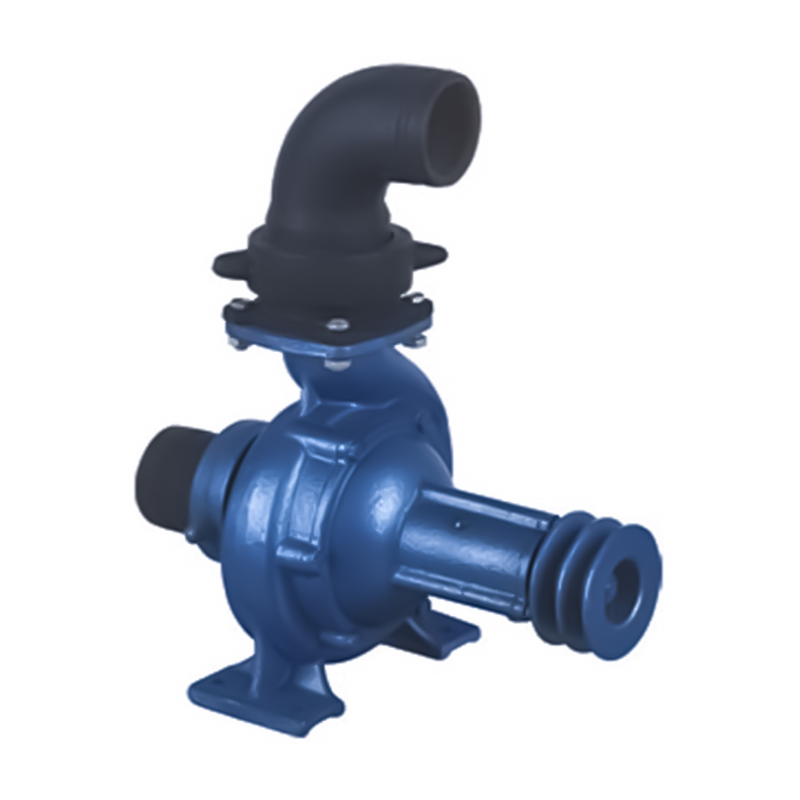

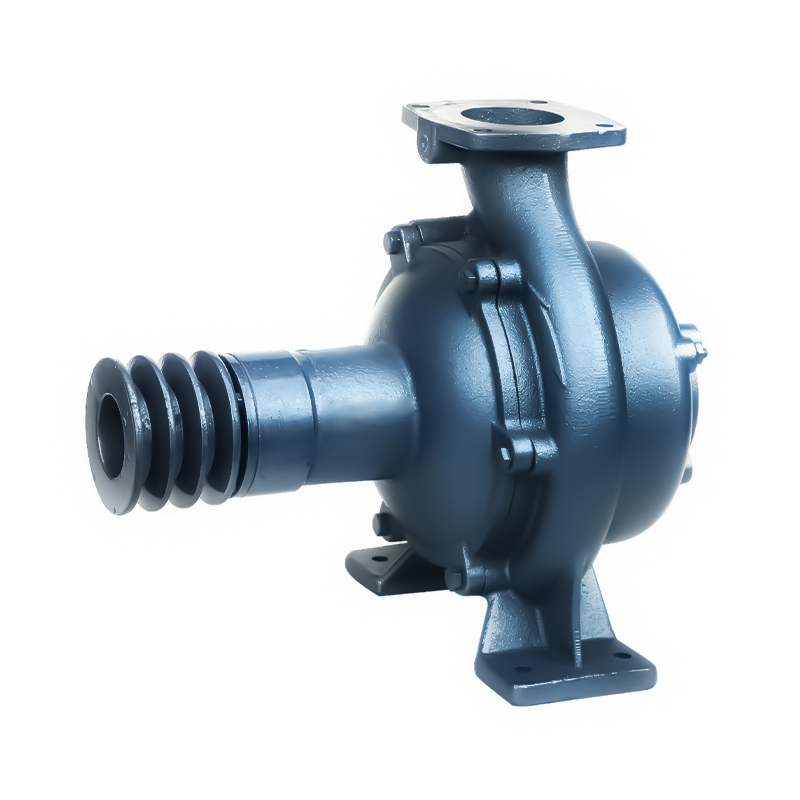
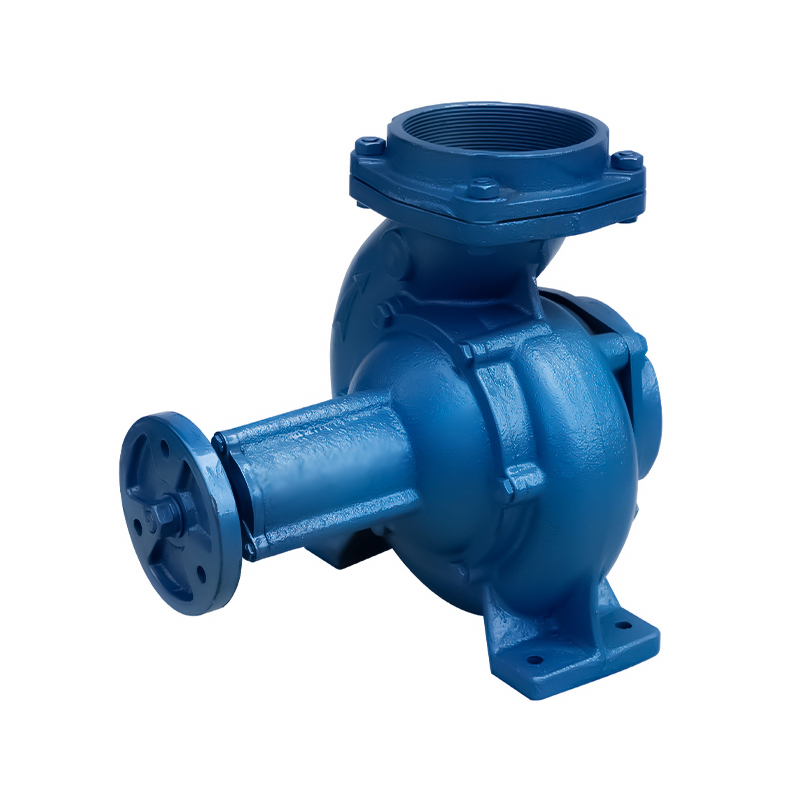
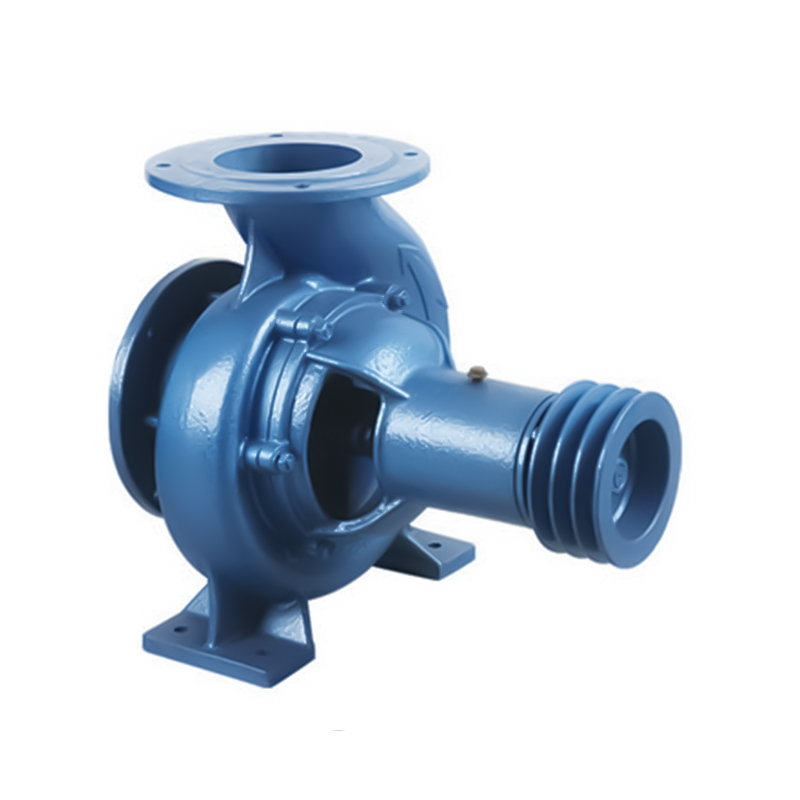
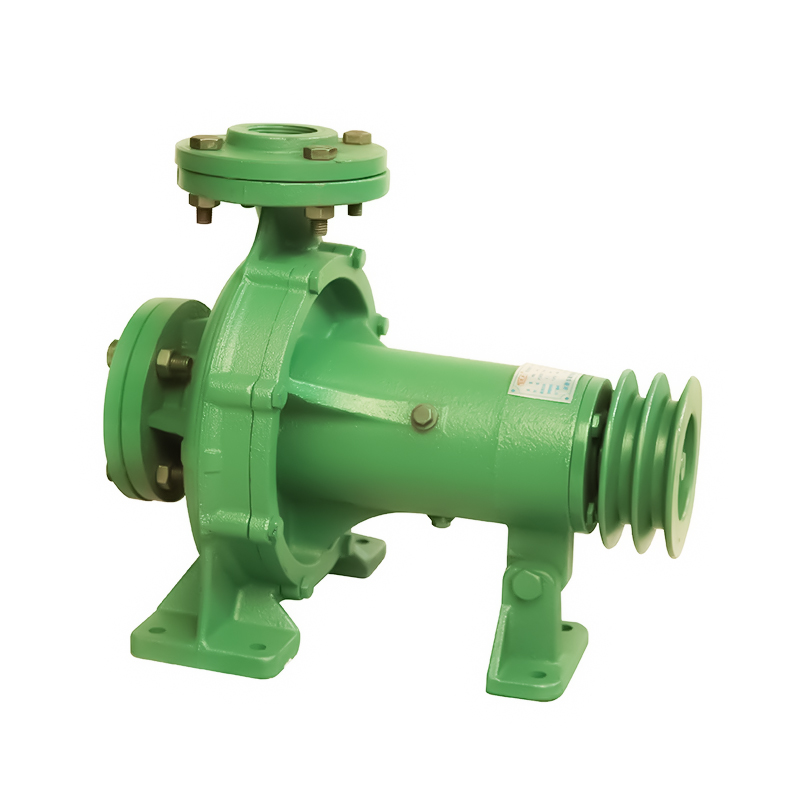

 Email:
Email:
 Phone:+86-13605899207
Phone:+86-13605899207

